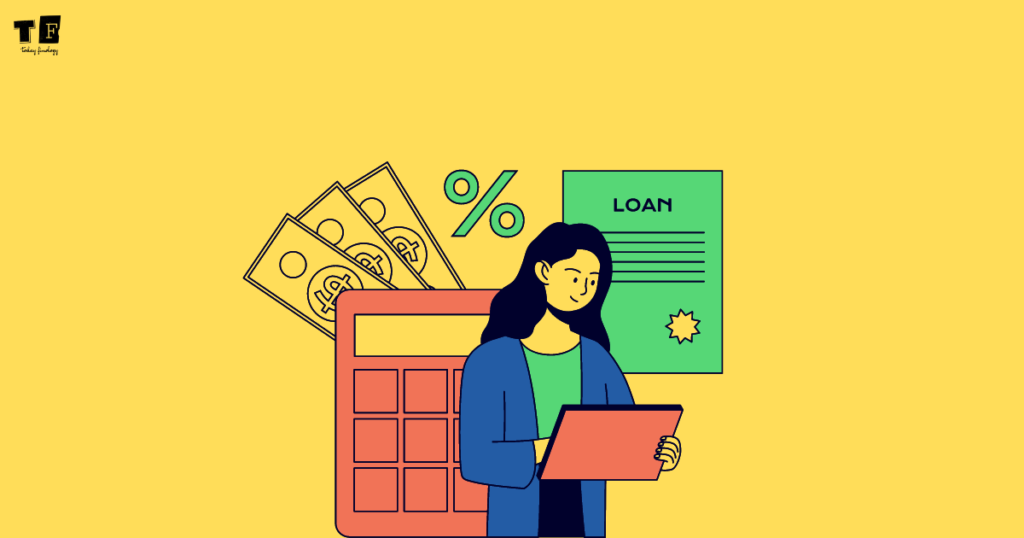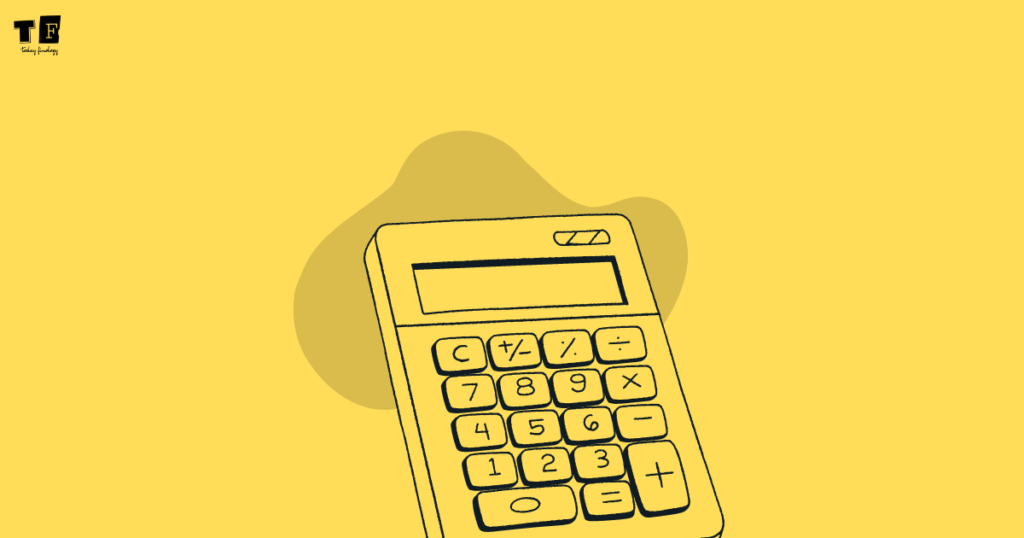Personal Loan: Important Things to Know Before Taking a Personal Loan
A personal loan is a type of financing provided by banks or financial institutions for individual expenses. These loans are commonly used to cover medical bills, home repairs, and other everyday costs. One of the main advantages of personal loans is their accessibility; they typically do not require any collateral. Repayment is structured in fixed monthly instalments, usually over 1 to 7 years. The interest rate on personal loans varies based on your credit score and financial situation, with each bank setting its rates.
In today’s digital age, obtaining a personal loan has become incredibly convenient, often allowing for a completely paperless application process. However, it’s essential to be cautious, as some companies may exploit individuals by promoting attractive loan schemes that can ultimately lead to unfavourable terms. It’s important to thoroughly understand the details of personal loans and take special care before proceeding with any loan application.
Personal Loans

Personal loans have become widely known and are commonly used to cover personal expenses such as home improvements, medical bills, education costs, and emergency funds. Today, you no longer need to visit a bank to secure a personal loan; the process has become quick and paperless. You can easily apply for a loan from your mobile device and receive it from the comfort of your home.
In India, many companies offer personal loans, including several new small banks that often attract customers with appealing schemes, which can lead to challenges with repayment. Here are the main purposes for which personal loans are typically used:
- Home Improvement
- Debt consolidation
- Medical bills
- Wedding
- Emergency fund
- Divorce expenses
- Education expenses etc.
How does Personal Loan balance transfer work?

A personal loan balance transfer is essentially moving your loan to a new bank or financial institution that offers a lower interest rate or better terms than your current loan.
First, search for a bank that provides a beneficial balance transfer. It’s crucial to ensure that the deal is transparent, meaning there should be no hidden charges involved.
Many banks might present their plans initially, but later, you may find that additional hidden fees make the total amount payable much higher. To avoid this issue, thoroughly analyze the bank’s offerings and confirm that they are indeed better than your current plan.
Once you find a suitable bank, that institution will pay off your old loan, and you will start making payments to the new bank based on their terms and conditions, which should overall be a more advantageous deal for you.
How Personal Loan interest is calculated?

When considering a loan or any financial transaction, it’s essential to prioritize transparency and ensure you feel completely satisfied with your decision. This approach will undoubtedly benefit you in the future.
Specifically, when discussing personal loans, many questions often arise: How do we obtain the loan? What will the interest rate be? When is repayment due? If you’re considering taking out a personal loan, you can put these concerns to rest. Below, we will provide a detailed explanation of personal loans, including how to calculate them and how to determine the correct interest rates.
Simple Interest:
In this, interest is charged only on the amount you have borrowed as you only have to consider the amount borrowed and its interest and not any other hidden charges or additional costs. For example, if you have taken a loan of ₹1,00,000 and the interest rate is 10%, then you will have to pay interest of ₹10,000 in a year.
Compound interest:
In this, interest is also charged on the principal amount and the already compounded interest. This interest can be added monthly or once a year.
For example, suppose you have taken a loan of ₹1,00,000, which has an annual interest rate of 10% and the interest is compounded every month. In the first month, the interest will be charged on the principal amount of ₹1,00,000, which will be ₹833.33. In the second month, interest will be charged not only on the principal amount of ₹1,00,000 but also on the interest of ₹833.33 of the first month.
So the total amount for the second month will be ₹1,00,833.33, and the interest on it will be ₹840.28. In this way, further interest will also be charged on the new amount instead of the principal, which later becomes a headache and is many times more and longer than the principal.
Flat-Rate Interest:
In this, interest is charged on the entire loan amount for the entire loan tenure, no matter how much principal you repay. This also proves to be much simpler and cheaper than compound interest.
For example, if you take a loan of ₹1,00,000 and have a flat interest rate, you will have to pay ₹10,000 interest in a year. This means you will pay the same amount as interest during the entire loan tenure, which makes it easier to calculate your EMIs.
Decreasing Balance Method:
In this, in the reducing balance method, interest is charged only on the outstanding loan amount. As you repay, the principal amount reduces, and as a result, the interest also reduces. This is much better than other methods because as the principal reduces, you will have to pay less interest.
To understand this with an example, if you initially took a loan of ₹1,00,000 and repaid ₹20,000 in the first month, then the next month’s interest will be calculated on the remaining ₹80,000. This will be a better option for borrowers because even if they are not able to pay the instalment on time, they will have to pay less interest than before.
Read Also: Mutual Fund complex meanings: XIRR, NAV, NFO, SWP, IDCW, CAGR, STP, AUM, 4Ps, TER, ABS
Are Personal Loans taxable?

Personal loans are generally not considered taxable income because it is a loan that you have to repay and not where you are making profits from them. There is no tax on the amount borrowed, although we may have to pay tax in some circumstances. Those circumstances are as follows your loan is forgiven for any reason, you must pay tax on the amount. Personal loan interest generally does not qualify for tax deduction. But if you use the loan for special purposes, you will have to pay tax. If you have used a personal loan for business then you will have to pay tax as per rules.
Why personal loan interest rate is high?
Because personal loans are typically unsecured, i.e. they do not require collateral such as a home or car their interest rates are high. Lenders charge high fees to mitigate the risk of not getting their money back. There is a risk in lending to borrowers with poor credit scores, which is balanced out by higher interest rates. The higher rates are also a result of the shorter tenure and increased administrative costs associated with personal loans. Interest rates remain high for the following 2 reasons.
- Unsecured Loan
- Low Credit Score
Due to the growing trend and demand for personal loans, many banks and small finance companies are encouraging customers to take loans with low interest rates and attractive schemes. Today, rising inflation and glamour have increased the desires of people, due to which people are resorting to facilities like personal loans to meet their expenses.
Mostly personal loans are used for personal expenses only. We have divided personal loans into categories, in which the first category gives information about banks for “Personal Loan with a low interest rate” and the second category gives information about banks for “Get a Personal Loan with bad credit” which are as follows.
| Personal Loan with a low interest rate | Get a Personal Loan with bad credit |
| HDFC Bank 10.5 | EarlySalary |
| State Bank of India 12.30 | FlexSalary |
| Bank of Baroda 13.15 | Nira |
| Punjab National Bank 13.75 | SmartCoin |
| Kotak Mahindra Bank 10.99 | MoneyTap |
| Axis Bank 10.65 | PaySense |
| IndusInd Bank 10.49 | mPokket |
| Karur Vaisya Bank 13 | CASHe |
| Yes Bank 10.49 | Dhani |
Personal Loan vs Home Loan

The purpose of both personal loans and home loans is different. While a home loan is sanctioned for constructing or purchasing a new property, a personal loan can be used for any expenditure. On a home loan, you get a limited spending allowance on a personal loan, you can use the money wherever you want. It would not be right to say which is the best among the two because both loans are right in their place. If we talk about home loan, it is specially made for the house and it makes it easier to build your dream house.
The distinction between a personal loan and a home loan is clear: a personal loan is unsecured, while a home loan is secured. The interest rates for these loans are determined based on individual conditions, with credit score and financial condition being the main factors. The choice between the two loans depends on your specific needs and situation.
Instant personal loan app 2024

Here you can find cutting-edge apps that offer innovative features to simplify your loan management. Each app provides competitive interest rates and tailored offers to fit your financial needs. Check out these top picks to find the perfect app for easy, efficient, and hassle-free personal loan applications. We have given this list as follows.
| Loan App | Loan Amount |
| Moneyview | Rs.5,000 – Rs.10 Lakh |
| Navi | Up to Rs.20 Lakh |
| Nira Finance | Rs.5,000 to Rs.1.5 Lakh |
| MoneyTap | Up to Rs.5 Lakh |
| IDFC First Bank | Up to Rs. 10 Lakh |
| KreditBee | Rs.1,000 – Rs.5 Lakh |
| Dhani | Rs.1,000 – Rs.15 Lakh |
| Home Credit | Up to Rs.5 Lakh |
| LazyPay | Rs.3,000 – Rs.5 Lakh |
| Bajaj Finserv | Rs.20,000 to Rs.40 Lakh |
Conclusion
Due to the increasing trend and demand for personal loans, many banks and small finance companies are also encouraging customers to take loans with low interest rates and attractive schemes. Today, rising inflation and glamour have increased the desires of people, due to which people are resorting to facilities like personal loans to meet their expenses. Most personal loans are used for personal expenses only.
For personal, we have separated them into categories, which the first category gives information about banks for “Personal Loan with a low interest rate” and the second category gives information about banks for “Get a Personal Loan with bad credit”. Along with this, we have tried our best to answer many important questions related to personal loans. If you liked this article, then share it with your friends and family.
Disclaimer: This article is for informational purposes only and does not constitute financial advice. Please consult a financial advisor before making any investment decisions.
FAQ
When do Personal Loans become NPA?
When you do not make payment for 90 days or more then the personal loan is marked as a Non-Performing Asset (NPA)
Why is a personal loan useful?
To balance your expenses and improve your financial situation.
For what purpose personal loan is taken?
Home Improvement, Debt Consolidation, Medical bills, Weddings, Emergency fund etc.















1 comment